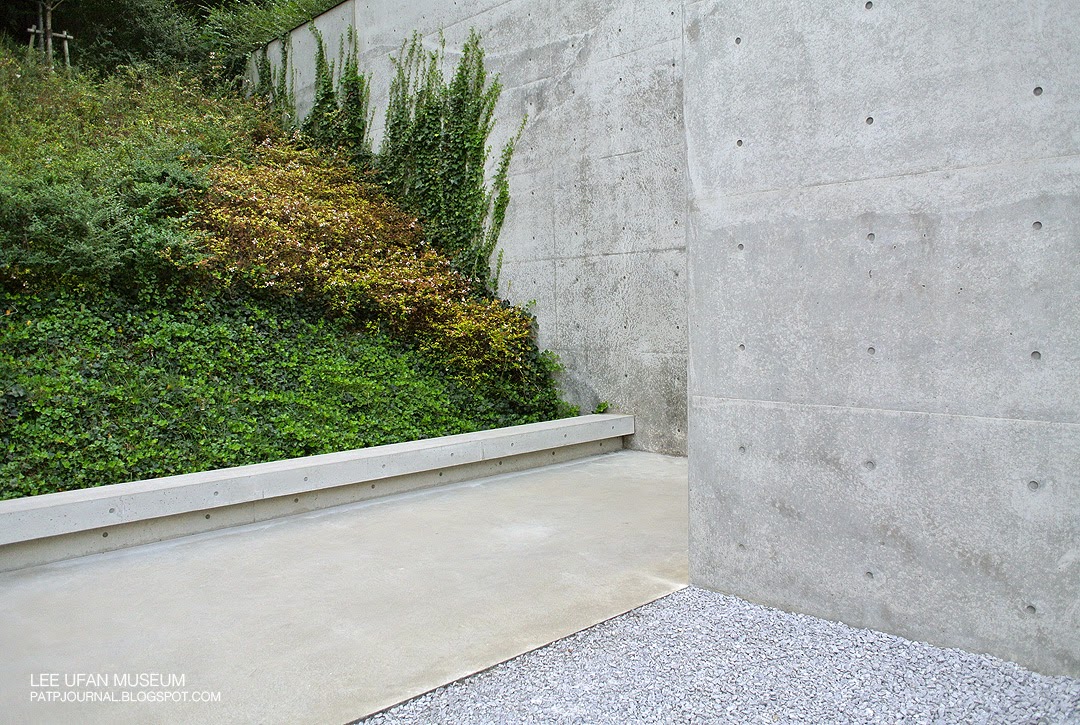Twenty minutes from Naoshima in a sunny day in pre-Autumn was a pleasant journey. We took the first ferry and get back on the last one.
A woman at the information desk advised me to rent a bike so that I don't have to wait and stick to the bus timetable that doesn't come every 10 minutes but more than half an hour, but since I was travelling in a group of 10 people and not everyone are bikers, we all agreed to use the bus route.
On the way to Teshima art museum, on a bus, we thought we made the right choice because the island's topography is made up of many small hills, our legs would definitely turn into jello after biking.
Teshima Art Museum is consisted of Rei Naito's artwork and Ryue Nishizawa's architecture. Before visiting the museum, I didn't know that the art exhibiting in there is what. I was amazed by how architecture and art come together so beautifully. Inside the waterdrop-like architecture, constructed of concrete, without column, 40 to 60 metres wide, 2 open-skylight connected the architecture to nature, there was numerous waterdrop appearing from very tiny holes and flowing randomly on the floor. I couldn't figured it out why some drop just stay still and some flow to find the drain. It was mesmerising. It's funny how I could just sit and stare peacefully in silence for a very long time.
And again, they don't allow any photograph inside the art space. Please refer
here for Iwan Baan's gorgeous photos.
Christian Boltanski Les Archives du Coeur was set up on the farthest area of the route. It stands beneath the beach, facing the sea. There, you can listen to stranger's heartbeat or pay to record your heartbeat sound too. We didn't understand much about this one but we did enjoy the view and have a little rest on the beach. But, I had listened to somebody's heartbeat, totally stranger from across the continent, it was strange but interesting.
I was too tired to get to Mori Mariko's work which I really would love to see, I was too tired though, I stopped at Shima Kitchen and have a nice lunch set, which was very satisfying.



































